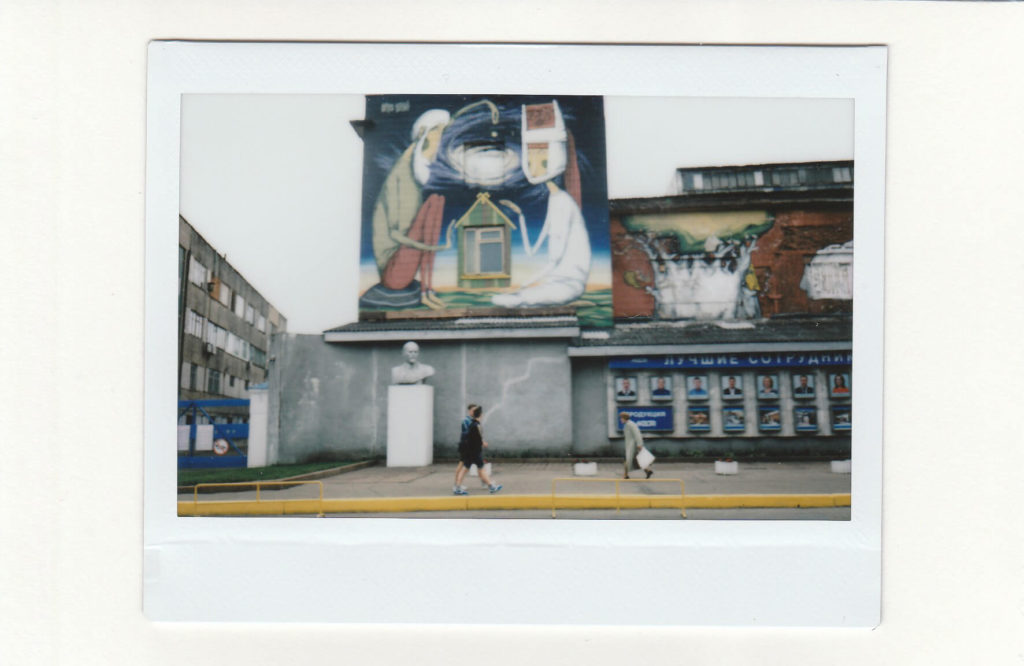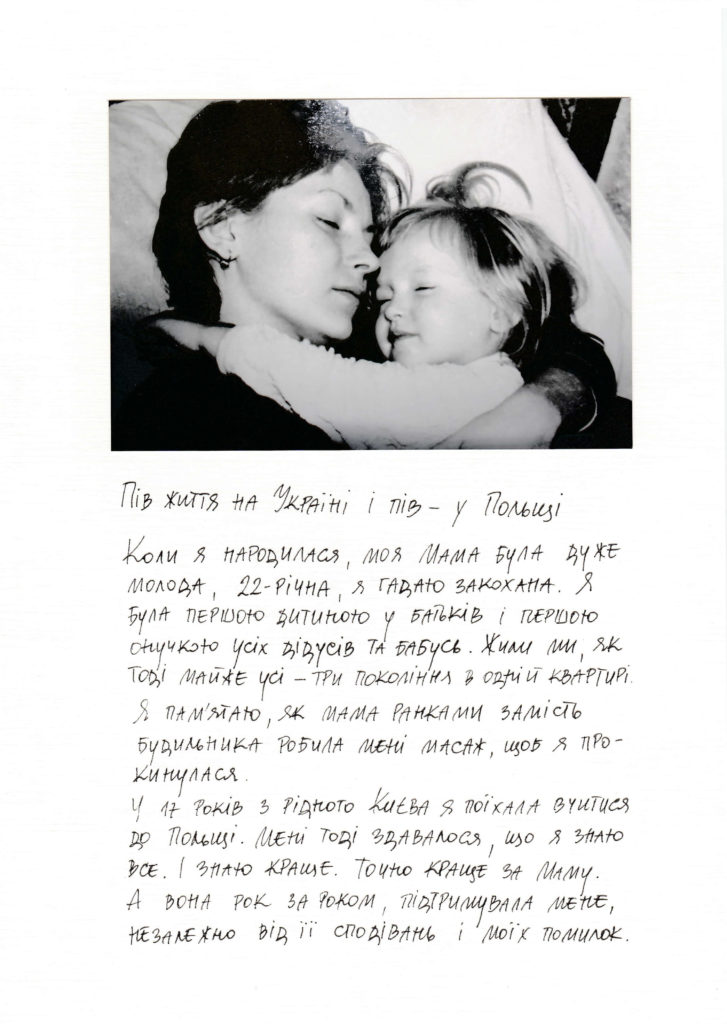In Ukraine, there used to be 15 closed administrative units. After the Soviet Union collapsed, each town followed its own path. In most towns, military and strategic activities were brought to a halt, which had its impact on the demographics and further existence of the town.
It’s an exploration of one of the “closed towns” in Ukraine. Zhovti Vody is a small town in the Dnipro region. Established as an industrial center of uranium mining, in the Soviet era it was qualified as a “closed town” and given the code name Post Box No. 28.
Industrial development and mining and processing of uranium ore caused an increase in the radiation level and the number of cancer cases.
Modern-day transformations led to the shutdown and destruction of factories and mines, the younger generation moving abroad. This town does not exist on Ukraine’s cultural, political or economic map. It never “opened up.” Instead, it became “forgotten.”
Shown at JUMP Gallery, Poltava, Ukraine. Published in Untitled. https://www.untitled.in.ua/post/mailbox-28-kateryna-radchenko

























































